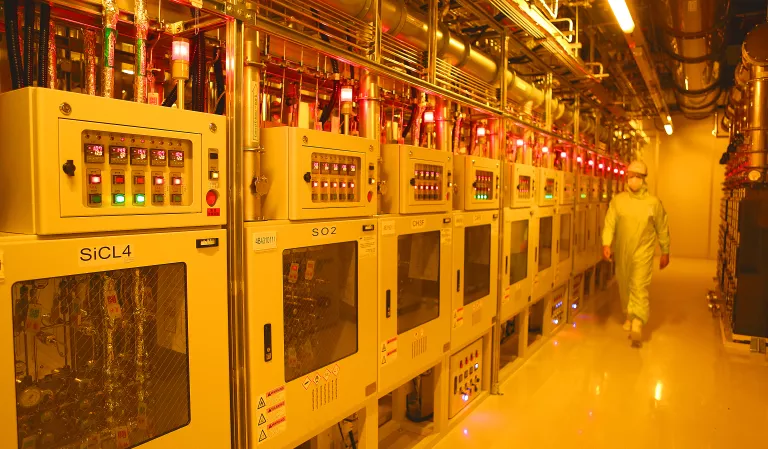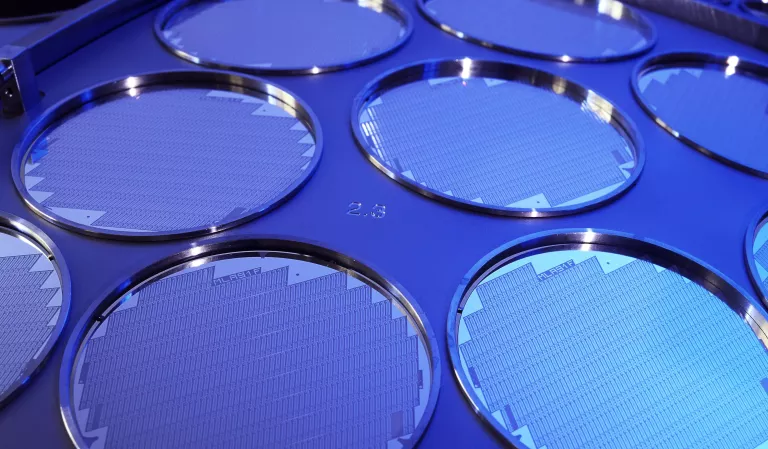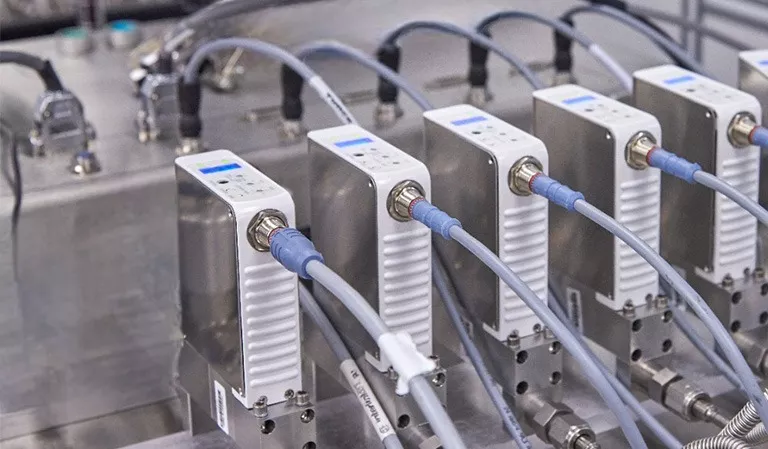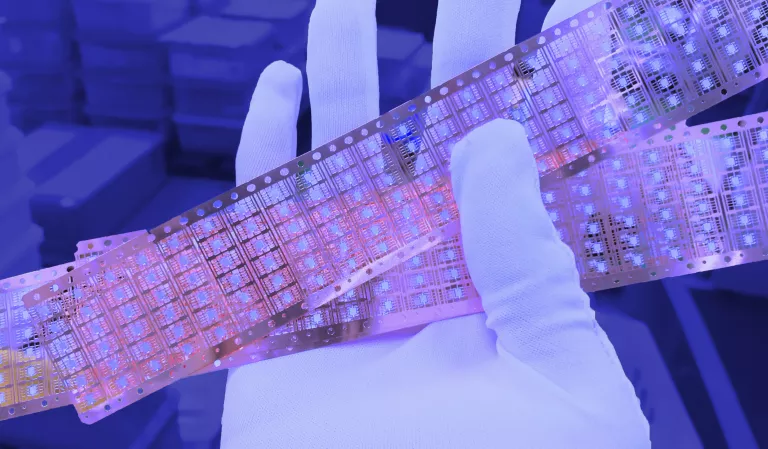How to Get Involved in SEMI Data Collection Programs
Your company can easily join SEMI confidential data collection programs. This will require a small time commitment on a monthly or quarterly basis, depending on the frequency of your program. Each program is based on direct input from over 80 percent of the industry, and most programs are global with regional breakdowns. This is a service that SEMI provides to its members. In exchange for providing data on a regular basis, participants receive a copy of the report. All reports generated by SEMI's data collection programs focus on "Ship-to" market region; SEMI does not track supplier market share.
Current Coverage is as Follows:
Summary of the Data Programs

Semiconductor Capital Equipment
Frequency: Monthly
Regions: North America, Japan, Europe, Taiwan, Korea, China, Rest of World
Coverage: Billings data for 22 equipment categories

Polysilicon
Frequency: Monthly
Regions: Worldwide
Coverage: Monthly volume shipments (for both solar and semiconductor applications)

Silicon Wafers
Frequency: Monthly/Quarterly
Regions: North America, Japan, Europe, Taiwan, Other Pacific
Coverage: Monthly shipments and quarterly revenues

Electronic Gases
Frequency: Quarterly
Regions: North America, Europe, Taiwan, Korea, China, Rest of World
Coverage: Revenue for bulk vs. specialty gases quarterly and annual breakdown of specific bulk gases and five specialty gas categories

Photoresist and Ancillary Products
Frequency: Quarterly
Regions: North America, Japan, Europe, Taiwan, Korea, China, Rest of World
Coverage: Revenue for negative, positive and advanced photoresists; revenue for developers, removal materials, anti-reflective coatings and others

Mass Flow Controllers
Frequency: Monthly
Regions: North America, Japan, Europe, Taiwan, Korea, Rest of World
Coverage: Revenue by type of MFC (OEM vs. End User); Units

Leadframes
Frequency: Monthly
Regions: Japan, Rest of World
Coverage: Monthly units integrated circuit and transistor leadframes

Electronic System Design-Related Software
Frequency: Quarterly
Regions: Americas, EMEA, Japan, APAC
Coverage: Revenue for CAE, Services, PCM & MCM, IC Physical Design and Verification, Semiconductor IP Products & Tools
How to join a SEMI Data Collection Program:
- Determine which program your company would like to join.
- Contact SEMI Industry Research & Statistics to express your desire to join.
- SEMI will send you the program's policies and procedures document.
- Review the policies and procedures, including the definitions to determine what categories your company will report.
- Identify the data contact and report contacts within your organization.
- SEMI analyst will follow-up with company contacts.
Programs are always being expanded. If you do not see your segment listed, please email mktstats@semi.org
Current Program Methodology
SEMI is the only organization that is able to collect actual data from semiconductor equipment, components and materials suppliers around the world with regular frequency. Strict professional standards of confidentiality ensure all of the participants’ data is kept secure.
How SEMI Market Statistics Programs Work
- Participants compile actual data (sales revenues or billings, and/or orders or bookings) from the previous quarter or month and summarize this on a customized input form.
- Data is submitted over a secure fax line or via email to DMA Financial Services, an independent professional financial company.
- DMA Financial Services completes all accuracy and confidentiality checks and generates summary reports.
- Summary reports are delivered to SEMI.
- SEMI checks market trends and generates the reports.
- Reports are emailed to program participants.

SEMI's Data Collection Program promotes understanding of the industry through collection and distribution of accurate, timely, and specific market data on industry sales, order input, and other trends and provides program participants a basis for identifying industry trends and monitoring their own performance within the industry as a whole as well as within specific product segments.
